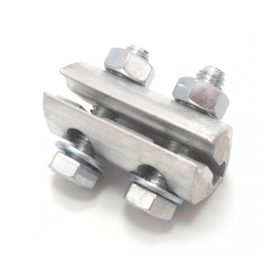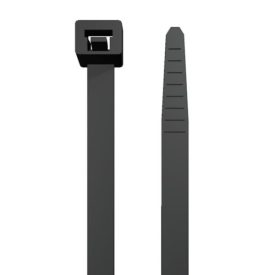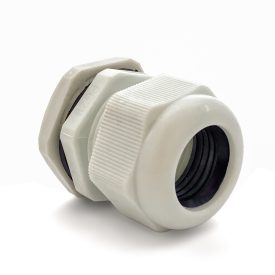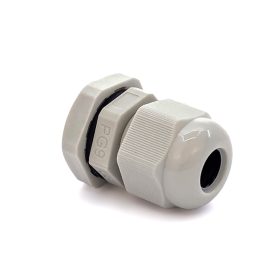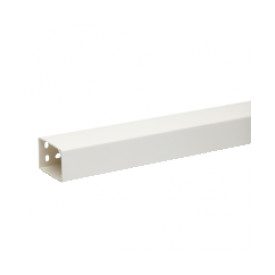Trail Elements in Solar Installations: Paving the Way to Renewable Energy
The deployment of solar installations represents a remarkable stride towards a cleaner and more sustainable future. Yet, beneath the gleaming solar panels and advanced technology lies a crucial network of trail elements that plays a fundamental role in the functionality and longevity of these systems. In this comprehensive guide, we will explore the world of trail elements in solar installations, understanding their significance, various types, and how they contribute to the growth of renewable energy.
The Importance of Trail Elements
Trail elements encompass a range of components used in solar installations, from mounting structures and tracking systems to cables and junction boxes. Their significance can be summarized as follows:
1.1 Stability: Trail elements ensure the stability of solar panels and their ability to withstand environmental conditions, such as wind, rain, and snow.
1.2 Efficiency: Properly designed trail elements can enhance the efficiency of solar panels by optimizing their orientation and tracking the sun's movement.
1.3 Safety: Trail elements are designed to provide safe and secure connections between various components, minimizing electrical hazards and potential failures.
Types of Trail Elements
2.1 Mounting Structures: Mounting structures, such as ground mounts, roof mounts, and pole mounts, are essential for anchoring solar panels to various surfaces. They provide stability and elevation to maximize sunlight exposure.
2.2 Solar Tracking Systems: Tracking systems, including single-axis and dual-axis trackers, dynamically adjust the angle and orientation of solar panels to follow the sun's path, optimizing energy generation throughout the day.
2.3 Cables and Wiring: Cables connect solar panels to inverters, batteries, and the electrical grid. They come in various types, including PV wire, USE-2 cable, and MC4 cables, each designed for specific applications.
2.4 Junction Boxes: Junction boxes facilitate the safe connection of solar panels and other electrical components. They contain diodes and connectors that protect against overvoltage and current fluctuations.
Design and Placement
3.1 Site Assessment: Proper site assessment is crucial for determining the optimal placement of trail elements. Factors such as sunlight exposure, environmental conditions, and local regulations must be considered.
3.2 Structural Engineering: The design and engineering of mounting structures and tracking systems must adhere to local building codes and standards to ensure safety and durability.
3.3 Orientation and Tilt: The orientation and tilt angle of solar panels, guided by trail elements, are vital for maximizing energy capture and overall system efficiency.
Material Selection
4.1 Durability: Trail elements must be constructed from materials that can withstand harsh weather conditions, UV radiation, and corrosion to ensure long-term performance.
4.2 Sustainability: The choice of sustainable materials contributes to the environmental benefits of solar installations, aligning with the principles of renewable energy.
Emerging Trends in Trail Elements
5.1 Advanced Tracking Systems: Ongoing research and development are leading to more efficient and cost-effective solar tracking systems, further optimizing energy capture.
5.2 Smart Trail Elements: Integration of smart technology into trail elements enables real-time monitoring, predictive maintenance, and data-driven decision-making, enhancing system performance and reliability.
Conclusion
In conclusion, trail elements are the unsung heroes of solar installations, providing stability, efficiency, and safety to renewable energy systems. Understanding the types, design considerations, and material selection for trail elements is crucial for maximizing the benefits of solar energy and ensuring the long-term viability of these systems. As the solar industry continues to evolve, staying informed about emerging trends in trail elements is essential for harnessing the full potential of clean and sustainable energy sources. Trail elements are not just components; they are the pathways to a brighter, greener, and more environmentally friendly energy future.

